Stāmeriena Castle
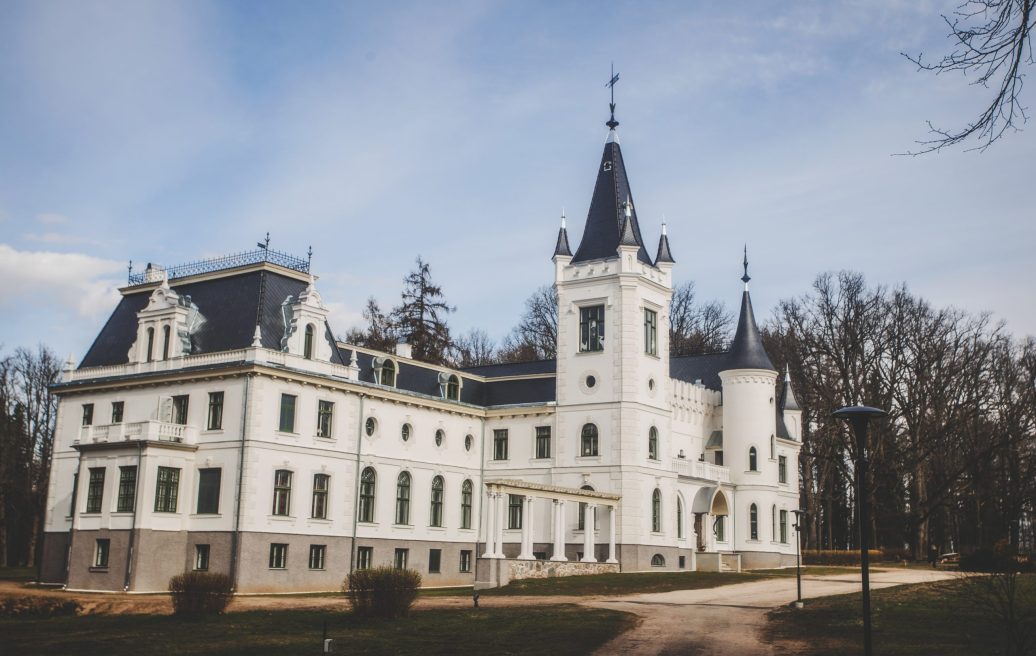
Description
A property of the von Wolff family, Stāmeriena Manor was built in the 19th century in a beautiful area near lakes Stāmeriena and Poga. Sources say that in 1822, it was a stone building with a tiled roof. The palace was rebuilt and enlarged several times in later years, resulting in one of the most brilliant examples of the French Neo-Renaissance style among Latvian manor houses.
In 1905, Stāmeriena Palace was vandalised and burnt down. Its reconstruction was completed in 1908, with the Palace gaining a modern appearance in line with the fancies and financial means of its owners: it stood bolder, more successful in composition and expressive in silhouette, with distinct Neoclassical and Art Nouveau features.
Stāmeriena Manor Palace remained in Baron von Wolff’s family after the 1920 agrarian reform of the Republic of Latvia, with the family living there through the 1920s and 1930s. One of the palace’s notable guests during this period was Giuseppe Tomasi di Lampedusa, the then-still-emerging Italian writer who was married to Alexandra von Wolff.
Following WWII, the Stāmeriena Agricultural Technical School was opened in Stāmeriena Palace, and it housed the office of the Soviet farm Stāmeriena and the village’s executive committee throughout the Soviet occupation until Latvia regained its independence.
Today, the palace is open to the public, offering guided tours, family celebrations, marriage ceremonies, concerts, exhibitions, plain airs and theatre performances.
Improvements made within the project
The project renovated and restored the roof and façade of Stāmeriena Palace, covering an area of 1249.5 square metres, and developed a new exhibition. The damaged parts of the foundations and the basement were reinforced and rebuilt, vertical waterproofing of the foundations was carried out, and the façade, including the brickwork, 99 historical windows, and façade sculptures (six lion heads), was restored. The pergola-columns were rebuilt, eight reliefs with female heads were renovated, and the steps in front of the palace entrance were restored. Timber roof structures and roof coverings were restored, and the historical skylight was renewed with a pyramid-shaped roof construction. The original roof structures were preserved to the extent possible, and damaged areas were restored and replaced. The engineering networks: stormwater drainage, lighting, electricity, video, audio and communication cables, were also restored and supplemented.
Investments – EUR 1,459,760.68
Of which:
ERDF funding – EUR 350,000
state budget grant – EUR 14,499.26
funding from the National Cultural Heritage
Board – EUR 10,000
municipal co-funding – EUR 1,095,261.42
The project was implemented by Gulbene Municipality Local Government.

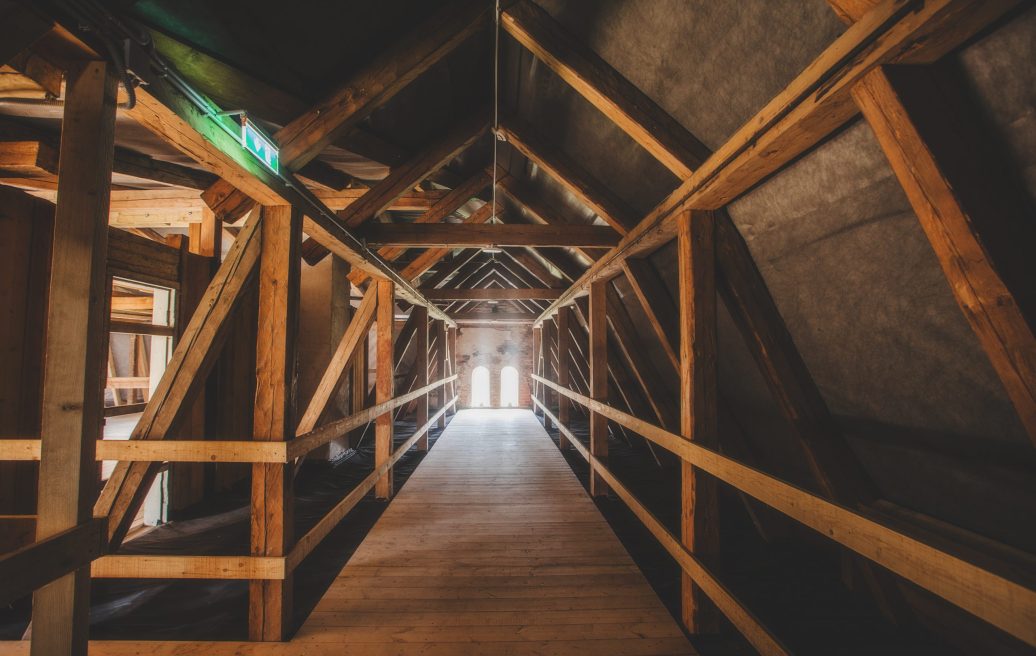
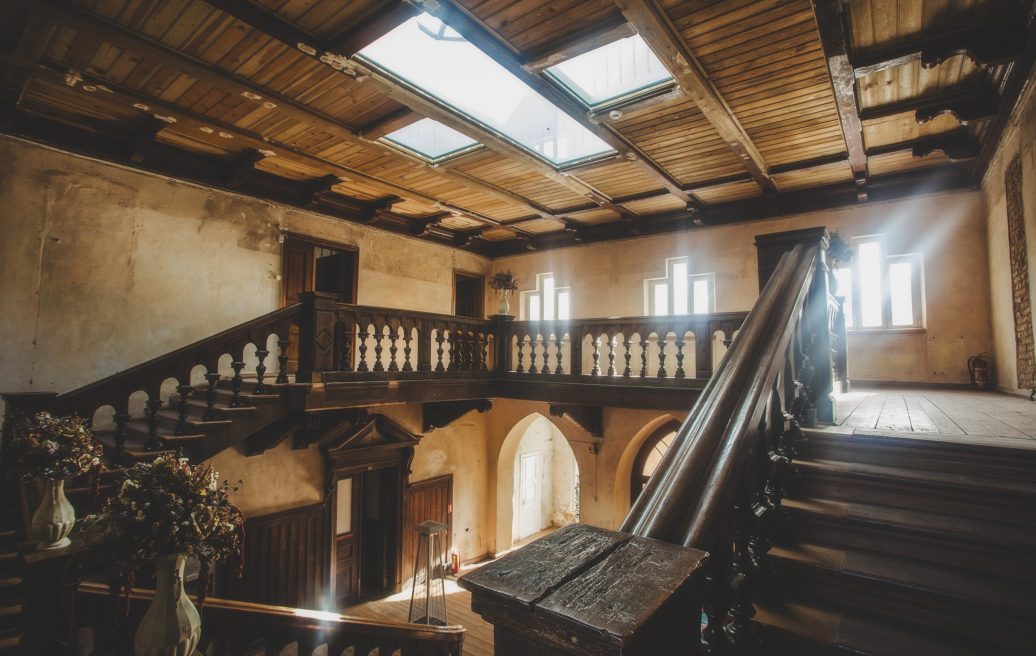
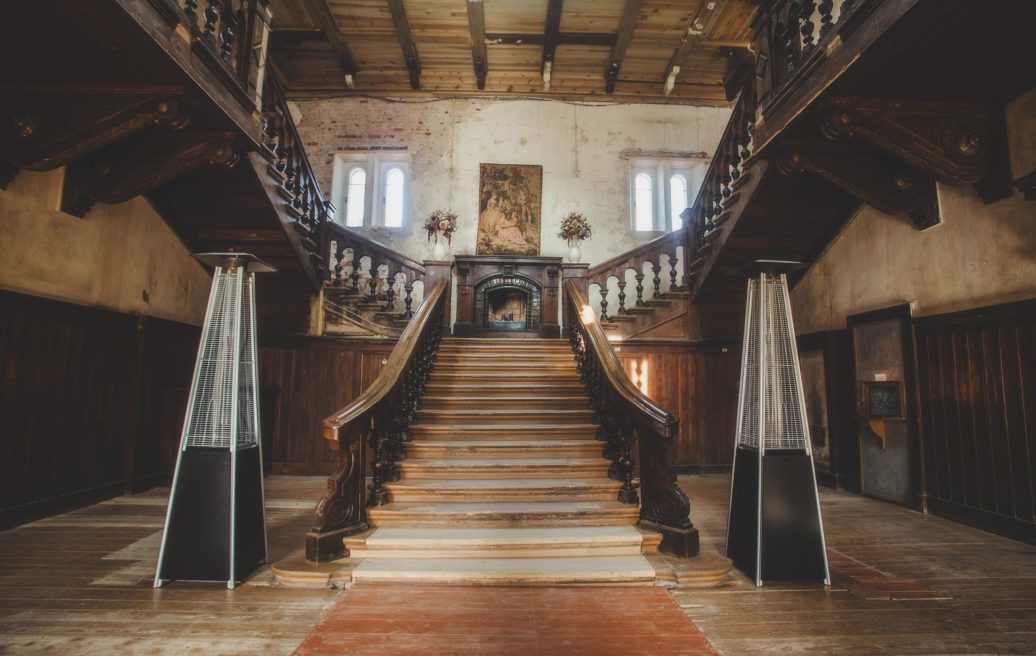
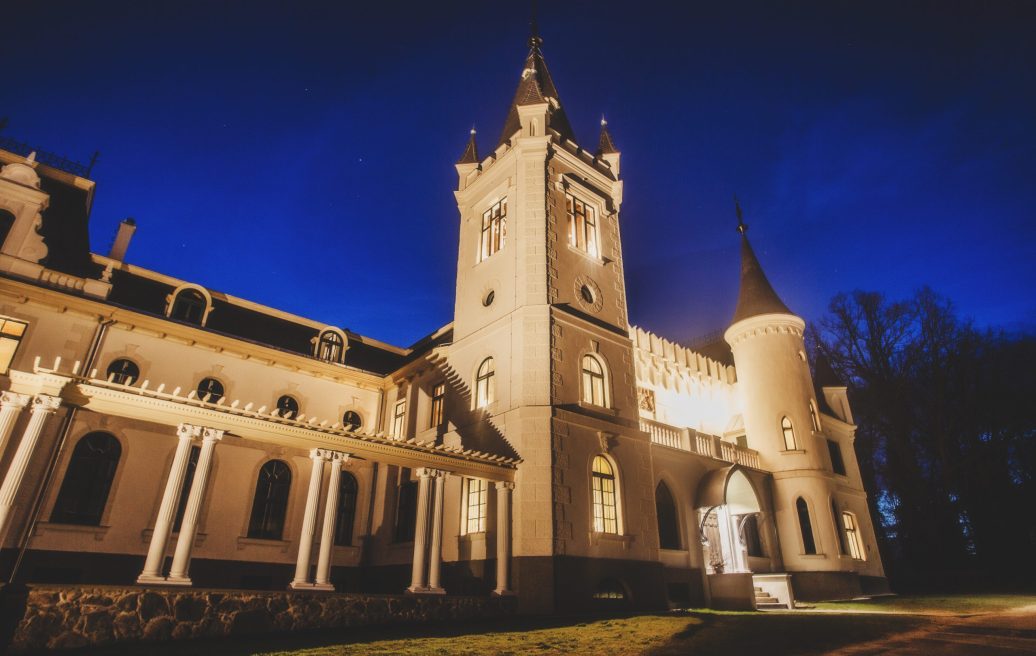
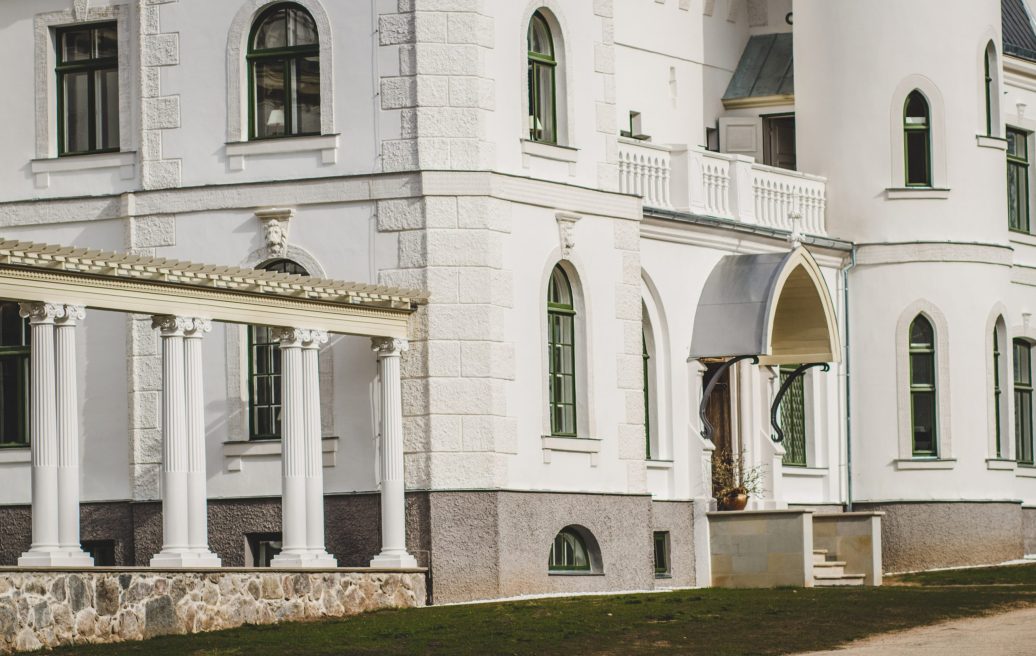
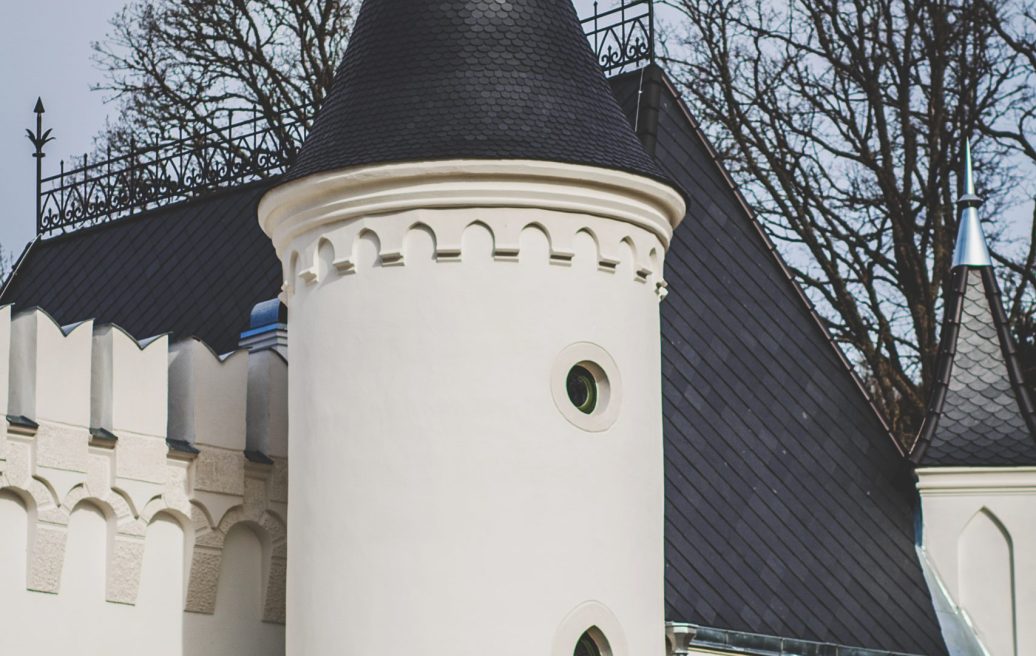
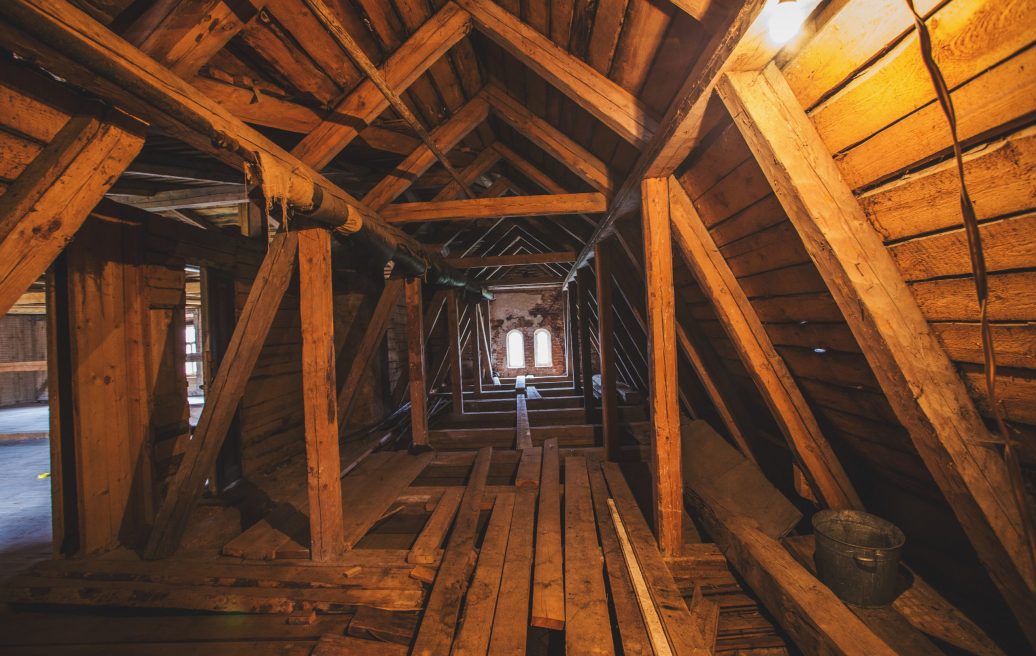
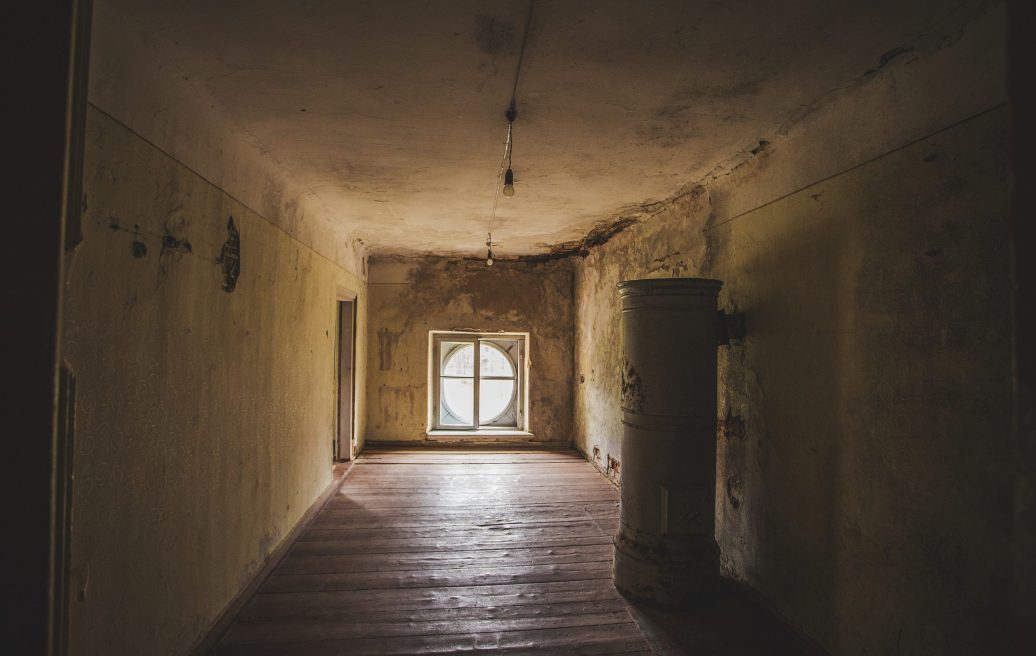
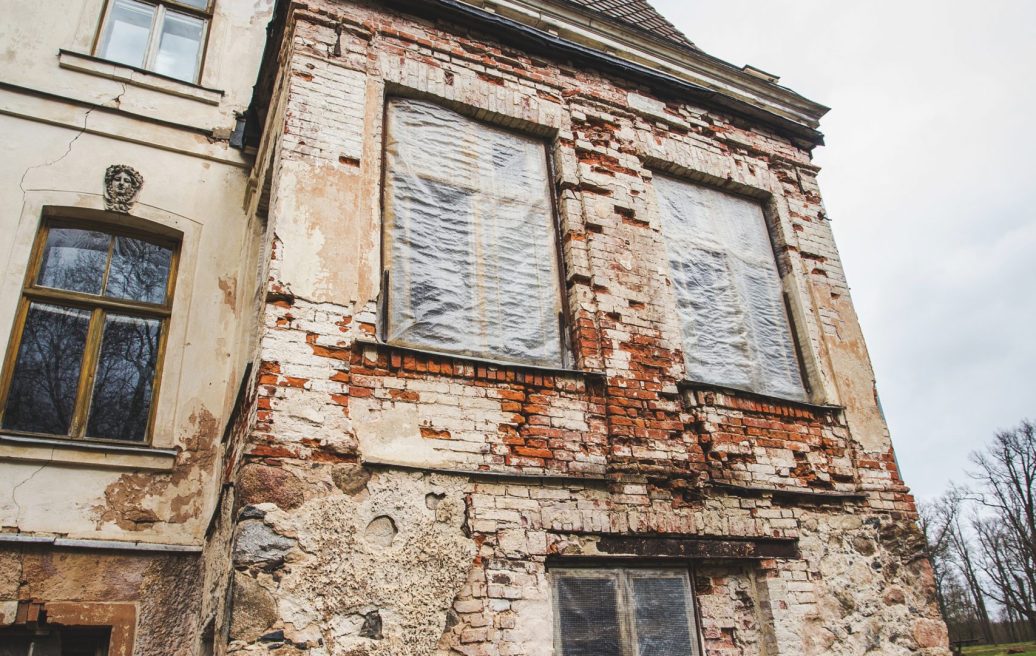
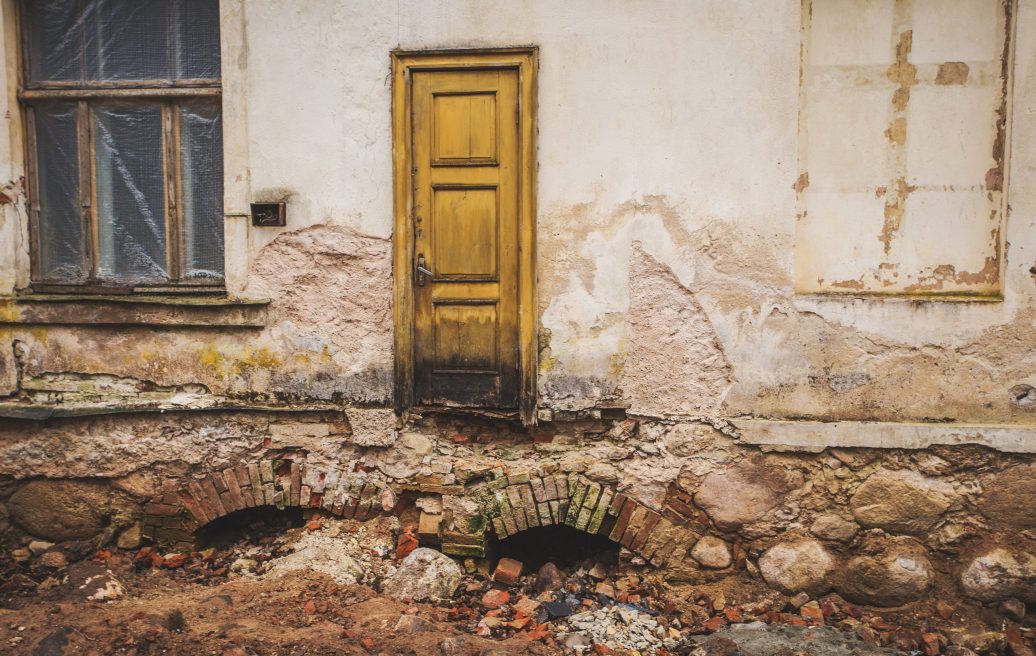
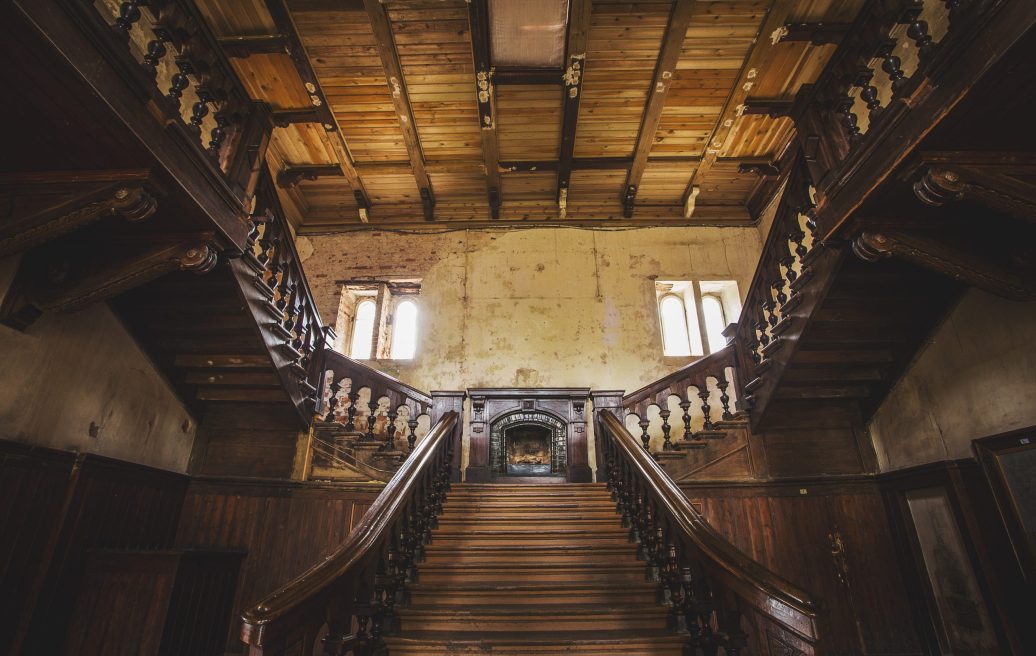
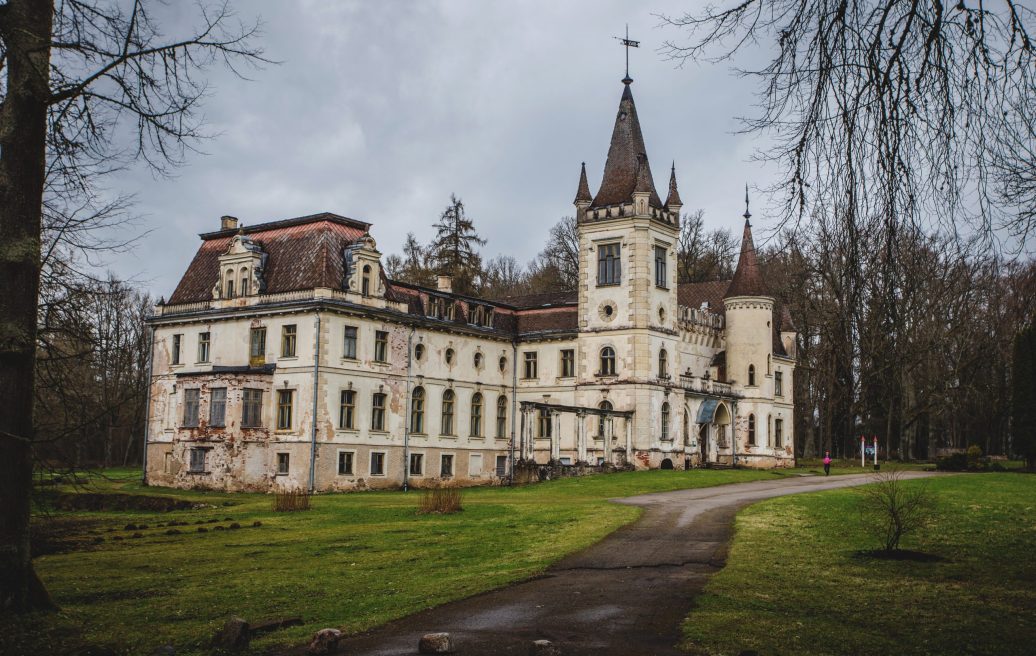
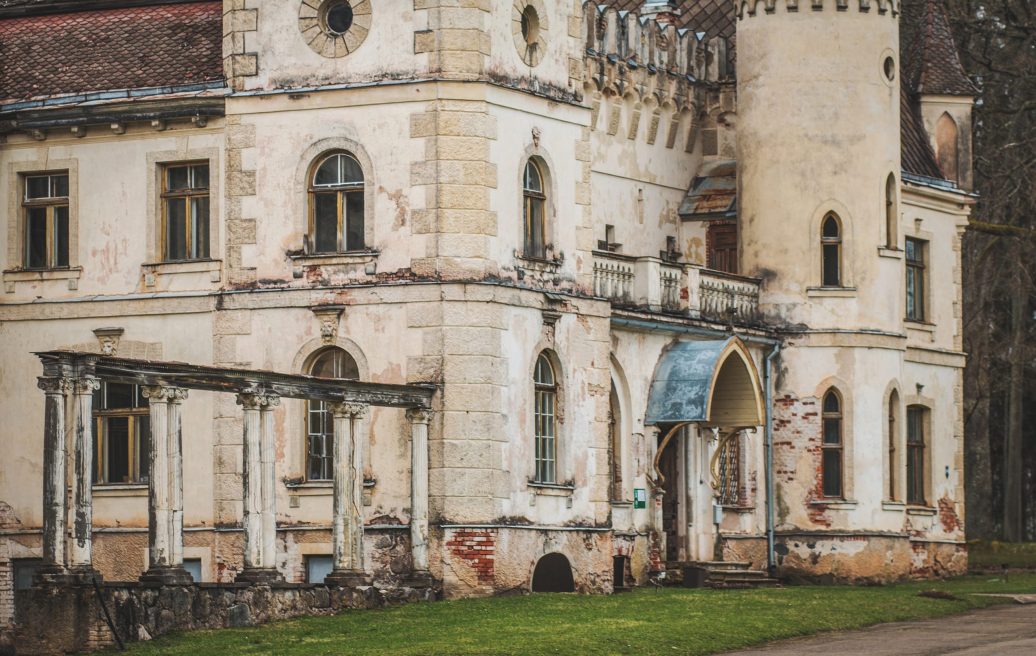
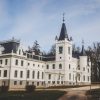
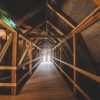
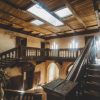
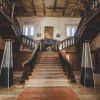
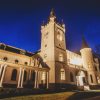
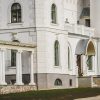
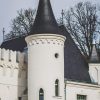
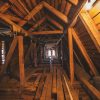
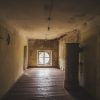
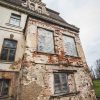
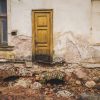
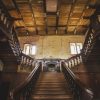
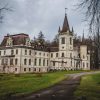
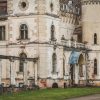
Address
Stāmeriena Palace, Vecstāmeriena, Stāmeriena Parish, Gulbene Municipality
Working time
1.10. – 31.03.
Monday – closed,
Tuesday – Friday 10:00 – 16:00
Saturday, Sunday 10:00-17:00
Admission fee
1.10. – 31.03.
- EUR 3 for adults
- EUR 2 for pupils, students, pensioners and persons with group 3 disabilities
- EUR 6.90 Family ticket (1-2 adults and children up to 18 years of age)
- Preschool age children and persons with group 1 and group 2 disabilities – free of charge
1.04. – 30.09.
- EUR 5 for adults
- EUR 2,50 for pupils, students, pensioners and persons with group 3 disabilities
- EUR 10 Family ticket (1-2 adults and children up to 18 years of age)
- Preschool age children and persons with group 1 and group 2 disabilities – free of charge
The palace is free to visit from the outside.
Getting there
By private transport or on foot, as well as by public transport on the routes Gulbene – Kalniena – Gulbene – bus stop “Pils”.
Good to know
Visits to the palace may be restricted if an event is taking place in the palace or its grounds.
